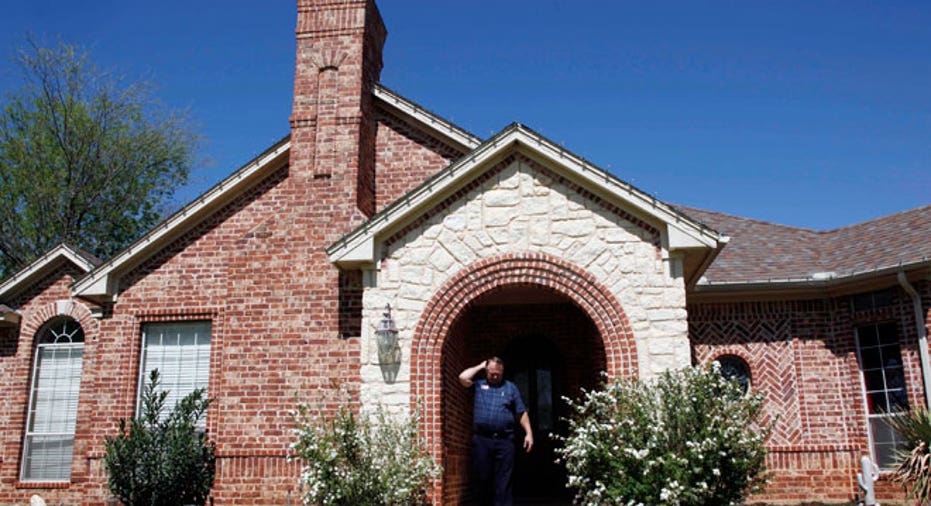What You Must Know About Mortgage Insurance

When buying a home and shopping for a mortgage, many people will be faced with some decisions regarding private mortgage insurance (PMI). Common questions include:
- What is mortgage insurance?
- How much is mortgage insurance?
- Is there a way to avoid paying mortgage insurance?
PMI requirements vary by loan type, loan duration and/or down payment amount. Knowing these four facts can help you make the right decision and possibly save money each month by avoiding mortgage insurance all together.
Mortgage insurance is for the lender, not for you
Lenders will require mortgage insurance in certain instances — for example, when you put 5% down on a home instead of 20% down. The lender will require that you pay PMI each month, and in the event that you default on the loan, the mortgage insurance company agrees to an arranged payout to the lender for its loss.
Mortgage insurance doesn’t protect you from a loss; it is designed to help protect the lender for any loss incurred.
Mortgage insurance requirements vary by loan type
Different loan types will have different mortgage insurance requirements — and some have no requirements at all. Simple rules of thumb for popular loan programs include:
FHA loans: Require mortgage insurance to be paid up front (UFMIP) as well as monthly (MI) if equity is less than 20%.
VA loans: Do not require mortgage insurance.
USDA loans: Do not require mortgage insurance.
Conventional loans: Require mortgage insurance if equity is less than 20%.
Lender paid mortgage insurance is an option
In the event that mortgage insurance is required for the loan program you are interested in and the down payment you are putting down, some lenders may offer something called “lender paid mortgage insurance.”
Simply put, the lender agrees to pay your mortgage insurance in exchange for a slightly higher interest rate. Normally, when the lender pays the premium it will make a one-time payment to the mortgage insurance company, not make payments over the life of the loan.
Some lenders may offer this option to consumers: They can make a one-time payment to the mortgage insurance company in exchange for no monthly mortgage insurance payments in the future. Some savvy consumers have discovered that because a single mortgage insurance premium is considered a cost of the mortgage loan, it is possible to get a seller to give a 3% closing cost credit and put that money toward a single premium mortgage insurance program and avoid the ongoing cost of mortgage insurance.
It’s possible to start with mortgage insurance, then drop it later
It’s common for borrowers with a 3.5% (FHA) or 5% (conventional) down payment to initially have mortgage insurance. At some point, if you keep making your mortgage payments, you will be in the equity position (20% or more) where it will be possible to stop making mortgage insurance payments altogether.
If you think you are now in the equity position required to drop PMI, be sure to call your lender, who will send you information on what is required for your specific loan program to get rid of mortgage insurance payments. Don’t expect your lender to call you once you reach a magical equity point: You will need to be proactive and call your lender.
It behooves you to ask your loan officer lots of questions related to mortgage insurance. It’s very common for a lender to offer a program with a different option for PMI, and asking questions can be an easy way to save money.
Read More From Zillow
- You’ve Won the Lottery: Should You Pay Off Your Mortgage?
- FHA Condo Approval Rules Changing
- New Short Sale Guidelines Coming Soon
Justin McHood is America’s Mortgage Commentator and lives in the Phoenix, Arizona area. You can find Justin on Facebook, Twitter, and LinkedIn. He is happy to answer any mortgage-related questions that you may have.